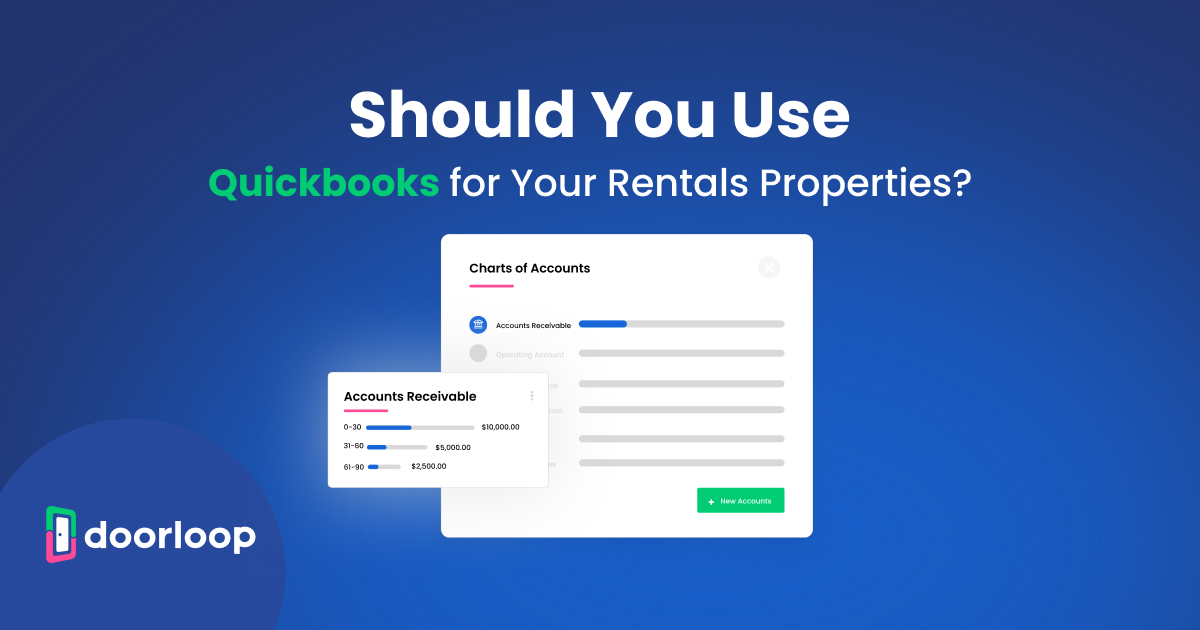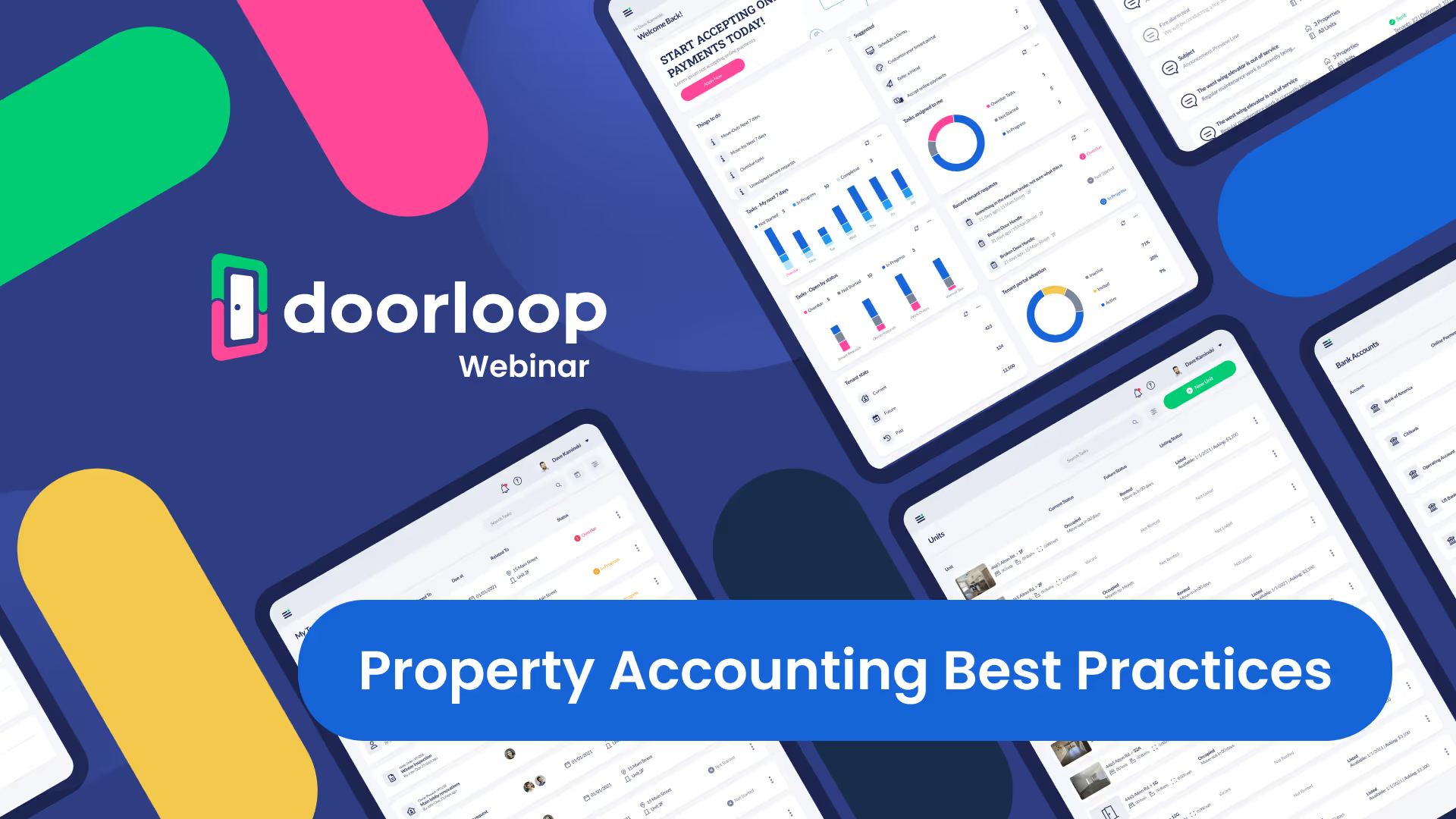The national vacancy rate in apartment buildings is on the rise.
This can make it challenging to earn a consistent return on your investment.
A better alternative may be to put your money into affordable housing.
These buildings are becoming increasingly sought after, and you can earn the low-income housing tax credit for investors (LIHTC) to offset your costs with sizeable tax credits.
Below, we'll cover everything you need to know about the LIHTC to help you figure out whether an investment in affordable rental housing is worth making.
Let’s get started.
What is the low-income housing tax credit (LIHTC) and why does the federal government offer it?
The purpose of the program is to facilitate the development of affordable rental housing so that people with low incomes have places to live.
In exchange, investors can take advantage of tax credits to offset the cost of the investment and make it more profitable.
The tax credit offsets the amount that investors lose by developing and rehabilitating affordable housing properties and then making units in them available at below-market rates.
The LIHTC program was created by Congress in 1986 and made permanent in 1993 as a way to encourage investors to develop more affordable housing for families.
How does the LIHTC for investors work?
Investors in commercial properties that will offer affordable housing can earn either a 4% or 9% annual tax credit through this program.
The 4% credit is for properties that only require simple renovation to become ready for the rental market.
The 9% credit is for new construction properties and those that require substantial renovations.
This can all get a bit abstract, so to help you make sense of it, here’s a quick example.
LIHTC Example
Let’s say you invest $1 million in constructing a new apartment complex that will offer affordable rental housing.
If your application for the LIHTC is approved, you should receive a 9% tax credit each year for 10 years. That means $90,000 in tax credits per year or $900,000 over the course of a 10-year period.
However, the figures of 4% and 9% aren’t exactly accurate in practice. Interest rates can influence these.
Plus, if you want to sell your credits to outside investors, you will typically be able to get $0.90-$0.95 on the dollar for them.
That means the actual cash value of 10 years of a 9% tax credit may be closer to something like 70%. But it really just depends on how your specific situation plays out over the course of your participation in the program.
This potentially makes developing and investing in affordable rental housing a much more worthwhile investment than it otherwise would be.
How do you qualify for the LIHTC?
The LIHTC is a potentially great deal for investors considering affordable rental housing properties.
If you’re interested in taking advantage of this program, your next question is likely how to qualify.
There are two different ways to do so.
- Fill at least 20% of available units with residents who make 50% or less than the area’s median income (AMI). If the AMI is $50,000, these units must be occupied by people making $25,000 or less.
- Fill at least 40% of units with residents who make up to 60% of the area’s AMI. If the AMI is $50,000, these units must be occupied by people making $30,000 or less.
In both scenarios, the affordable housing property that you use to qualify for the LIHTC must be rented for 30% or less of the income threshold.
For example, if you have to fill units with people earning $25,000 or less, those units can only be rented out for a maximum of $7,500 per year ($625 monthly). This ensures that the units are truly affordable for low-income residents.
It’s also important to note that you need to maintain eligibility for a period of at least 15 years, even though the credits are paid out over a 10-year period.
Learn more about qualifying for the LIHTC: What is the Low-Income Housing Tax Credit and how does it work? | Tax Policy Center.
Low-income/Affordable housing investments vs. Traditional rental investments
If you’re still deciding whether an affordable housing investment is right for you, here are the key factors to consider.
Low-income housing may reduce your investment risk
Perhaps the biggest benefit of an affordable housing investment is the backing you get from the government.
With LIHTCs, you have guaranteed income coming in every year as long as the property retains its eligibility. Traditional rental properties must be consistently filled by tenants who are willing to pay market rates for your units.
You may have less trouble filling affordable housing units since they’re likely to be much more affordable than the average apartment in the area, though that's not a given.
Low-income housing provides a valuable community service
Rent in the United States continues rising while wages remain relatively flat.
This has created a situation in which long-time residents of different parts of the country are getting priced out of the rental market.
As a low-income housing investor, you can play a major role in fixing this problem. Your investment in delivering affordable housing to the public is a way to give back while also generating a nice return for yourself.
Low-income housing isn’t any cheaper to build
It’s important to keep in mind that low income doesn’t mean low quality.
If you’re building new LIHTC properties from the ground up, you’re unlikely to save money on construction costs unless you can qualify for other state-based tax credits while doing so.
This means your upfront costs for starting a low-income housing development will still be high. Any cost savings you’re able to generate will only happen on the back end.
Traditional properties are easier to manage
When you run a low-income housing project, you have another layer of management to consider.
Investors will need to remain cognizant of their eligibility requirements to ensure they don’t miss out on the tax credits they’re counting on.
You will also need to remain in communication with local, state, and federal government bodies that dictate your eligibility. This all adds up to spending more time managing your property.
Should you invest in low-income housing?
The LIHTC makes it possible for investors to earn solid returns while offering apartments for below-market rates.
But that doesn’t necessarily mean that this style of rental investment is right for you.
It’s important to keep in mind that you may spend more time managing these kinds of units. Plus, you won’t save money on building or rehabilitation costs.
However, in exchange for those potential downsides, you get a massive benefit in the form of stability.
As long as you keep your units filled, you should see consistent profits.
Doorloop’s affordable housing property management software can make it easier to enjoy the benefits of the LIHTC while simplifying your management-related workload.

How to apply for the low-income housing tax credit
Now that you know what the low-income housing tax credit for investors is and how to qualify, let’s look at the application process.
Here’s how to get approved.
1. Find the application for your state
You would think that the LIHTC application was the same for every state since this is a federal tax credit. But the program is administered by the states.
This means your application process can look different based on where the project is taking place.
Many jurisdictions require a pre-application site visit along with detailed information about your property and the surrounding neighborhood.
However, the only way to know for sure what you need to do to get approved is to look up the details of the application process in your state.
2. Fill out your application
Once you’ve found the application and understand the requirements, you can fill it out.
One thing to note here is that you may increase your chances of acceptance by going above and beyond the minimum requirements.
For example, instead of only making 20% of your units available to people earning 50% or less of the area’s AMI, consider going for 30% or even 40% of units.
States are more likely to approve projects that deliver more affordable housing to area residents.
3. Submit the application and wait
After filling out your application, all that’s left to do is wait for it to be approved or denied.
In some cases, you may be requested to submit supplementary material with your application after the fact. But this really just depends on your application and how the state you live in reacts to your project.
Managing your investment after qualifying for the low-income housing tax credit
Qualifying for LIH tax credits is a great first step toward achieving your rental property investment goals. But your job won’t be complete.
You still need to make sure you manage your LIHTC properties effectively to maintain your eligibility for the LIHTC program for at least the next 15 years.
Doorloop's all-in-one rental property management software can help with that.
With Doorloop, you can:
- Track rental payments and subsidies
- Create detailed financial reports
- Communicate with tenants through a secure online portal
- Receive maintenance requests
- Store files safely
- And so much more
It’s a single solution that will help you maintain LIHTC eligibility and achieve a consistently positive return on your rental investment.
But don’t take our word for it. You can request a free demo today to experience the value Doorloop can deliver directly.






.svg)

























.svg)
.svg)

